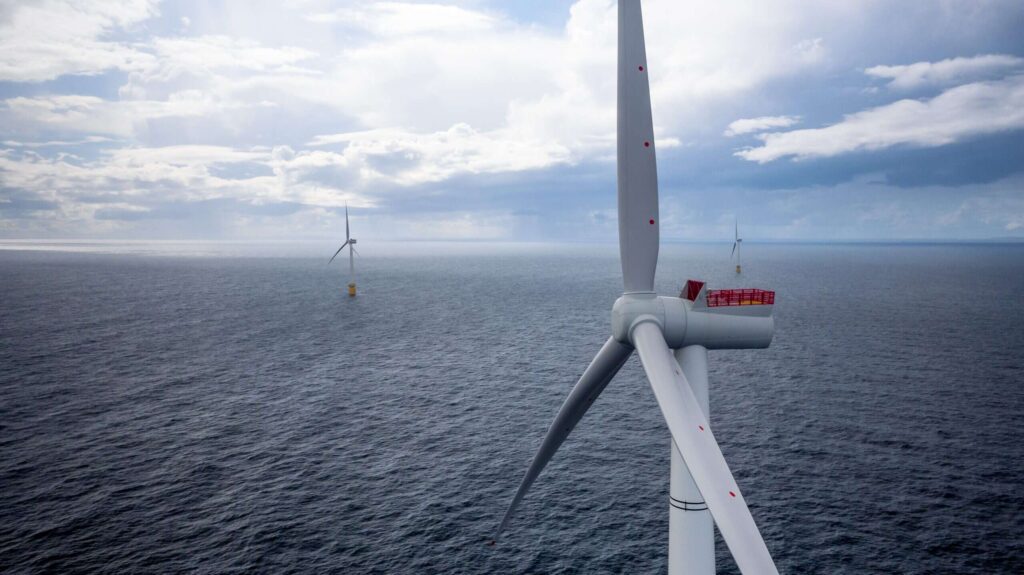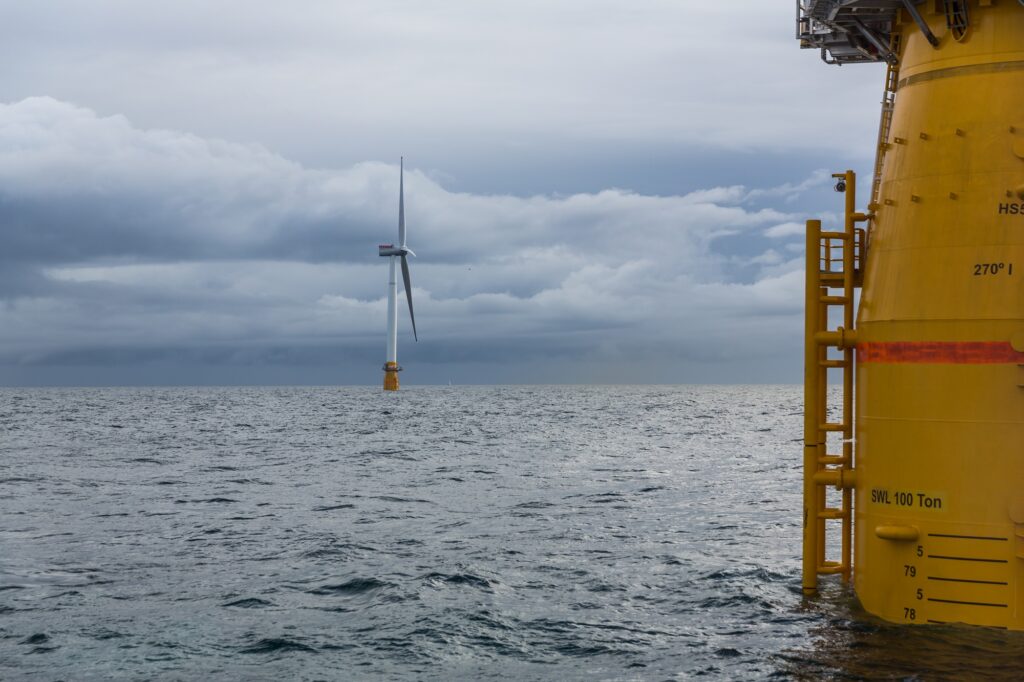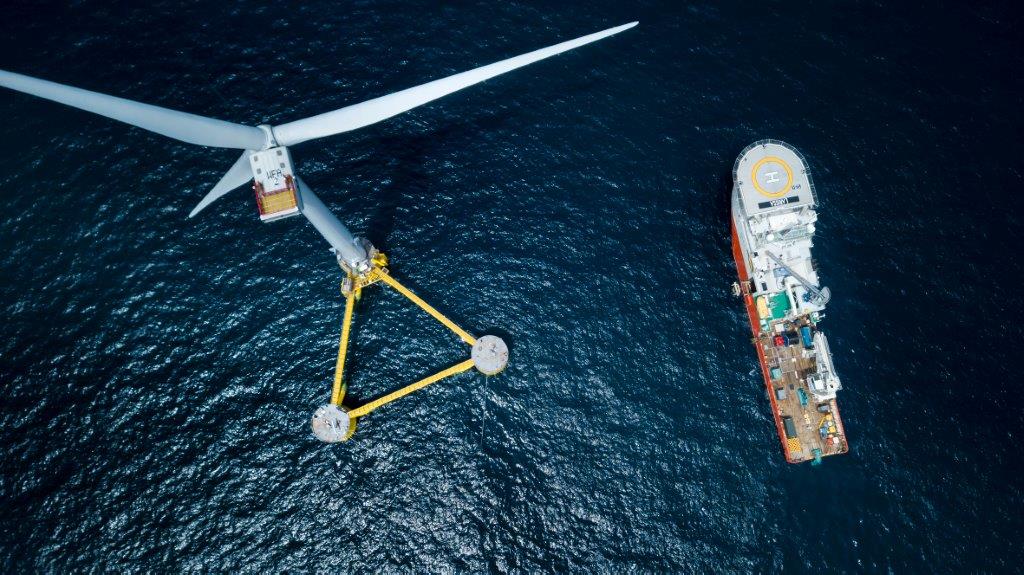Floating Offshore Wind (FOW) has the potential to deliver large-scale and cost-competitive electricity in markets across the globe. However, to maximise its role in delivering Net Zero, the Levelised Cost of Energy (LCOE) for FOW must be reduced to a level comparable with other low-carbon energy supplies.
The FOW Cost Reduction Pathways project identifies an intermediary milestone of £96/MWh (2012 prices) for the clearing CfD price of First of a Kind (FOAK) gigawatt-scale projects deploying in 2033, and a long-term target of £70/MWh (2012 prices) by 2050. A range of drivers and enablers of cost reduction will impact the “cost reduction pathway” for FOW.
Understanding these drivers and their impact on the cost reduction pathway for FOW is critical to ensuring the right enabling actions are taken to drive down the cost of this technology. Developing and communicating an understanding of these drivers and pathways is also key to maintaining confidence and support for the commercialisation of the technology. Additionally, it is vital to ensure key enabling actions required to reduce costs are progressed in a concerted and coordinated fashion.
This study uses the Offshore Renewable Energy (ORE) Catapult’s in-house cost and economic model to capture a snapshot of project cost estimates for a small-scale demonstrator project and commercial-scale wind farm. A rigorous approach to cost estimates has included extensive stakeholder engagement with players across the industry including from the public sector, supply chain and the development community. Forecasting costs for projects that have not been designed yet, and for which equipment does not exist at scale, is an inherently challenging task. However, a realistic view of a possible pathway to commerciality has been created.





